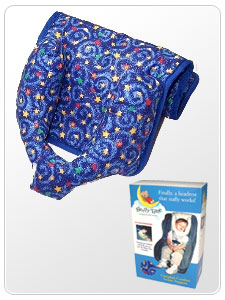Sleepy Time Head Rest
Use for children 20-65lbs. on a forward facing safety restraint.
- Great support for kids with respiratory and muscle tone disabilities.
- Perfect for just a sleepy rider.
|

|


This product has been rigorously tested and exceeds safety requirements. View our crash test video page for more information.

|